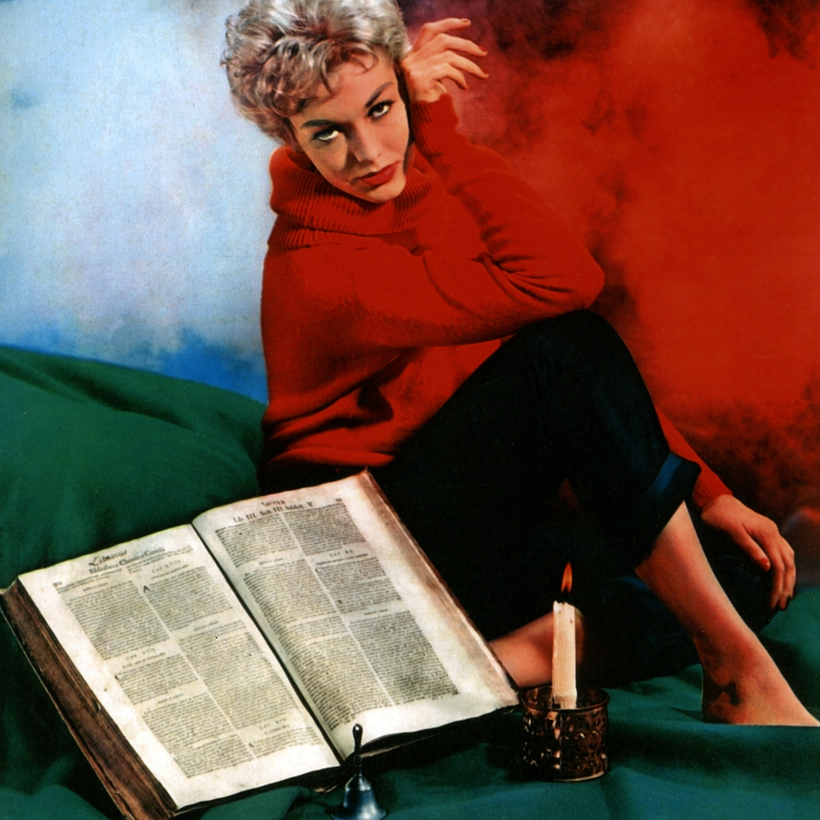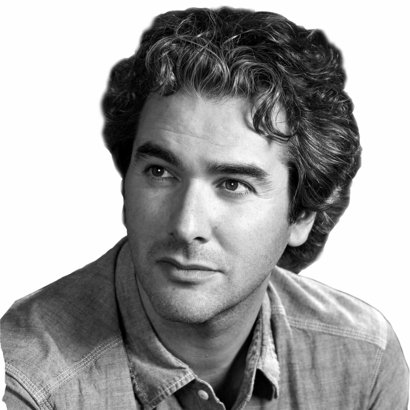It will forever be a mystery to future historians that a society in which people paid $66 to have jade eggs popped into their vaginas didn’t believe in magic. Astrology abounds, yoga proliferates, “wellness” is the nebulous watchword of our era, and yet we think of ourselves as living in a rational age of science. Who are we trying to fool?
In Chris Gosden’s eye-opening new book on the history of magic, the author asks us to take a step back and see not just how magic has infused every era of human civilization but how it sustains us today, often in disguise, and how it can guide us into the future.
This is no small task. Over the last few hundred years, we turned on magic. Religion declared it a heresy (despite stealing many of its rituals) while science declared it a fallacy (despite being descended from it). Nowadays, if we think of magic at all, it is generally as a somewhat infra-dig entertainment involving women being sawed in half, or as something found in multi-volume fantasy books. “To be modern is to disbelieve in magic,” Gosden writes. We are ashamed of being shamans.
Magical Mystery Tour
It was not always thus. For eons magic was a vital necessity that our ancestors used to make sense of an awe-inspiring cosmos and a ferocious natural world. In spells or incantations, love potions or curses, magic offered a how-to manual for dealing with the big things in life, such as birth, relationships, and death. Gosden, a professor of archaeology at Oxford University, is no uncritical booster of woo-woo. Instead, he painstakingly charts magic’s development alongside those of human societies across the world, largely using what has been found in ancient caves, burial chambers, and ruins. There are plenty of carved figures, mystical symbols, and human bodies buried with animal heads (and vice versa) to pick through. Indeed, some of what our ancestors got up to with body parts and corpses seems less a practical solution to life’s problems and more like the work of a serial killer.
Of course, we’re indoctrinated to see it as such. Victorian anthropologists claimed magic was the lowest rung on an evolutionary ladder of thought that eventually led to religion and science. It was derided as primitive and ineffectual. Gosden, however, sees magic as an equal partner of the other two, forming an intertwined “triple helix,” with each strand providing a different viewpoint from which to perceive reality. While science abstracts the cosmos and allows us to look at it objectively, and religion lets us interact with it through an intermediary god or priest, magic suggests we have a personal relationship to the world around us, a world that is sentient from bread crumb to boulder.
Astrology abounds, “wellness” is the nebulous watchword of our era, and yet we think of ourselves as living in a rational age of science. Who are we trying to fool?
Gosden lingers in his tombs perhaps a little too long. He’s in a tricky position: he doesn’t want to sensationalize magic, yet in playing it straight he runs the risk of taking some of the, well, magic out of it. The book picks up pace when it moves from antiquity to more recent times. Rather than painting it as a technology of the past, Gosden shows how magic is part of a “huge, changing and innovating apparatus” that continues to evolve to this day. From the Siberian hunters who cast spells to make the reindeer they hunt love them to the World War I soldiers who carried bullets with their names on them to keep them safe, magic is shown constantly taking on new forms and adapting to its surroundings.
In current-day Papua New Guinea, magic is largely taken for granted. Parents fill in all the usual forms to get their child into a university, but they will also cast a spell to aid them on the side. Does this help get the child into the right school? Maybe, maybe not. But it certainly provides a psychological benefit to the worried parents. Don’t scoff. When you shout at your broken computer or talk lovingly to a pet, you’re enacting magic yourself: treating an inanimate object as a sentient being and communicating across species are two classic magical practices. Gosden even shows how science itself appears to have returned to a certain form of magical thinking. In the impossibly perverse realm of quantum mechanics, the simple act of observing something is said to change the thing that is being observed. A shaman from 5,000 B.C. would have said exactly the same thing.
The big question is: Does magic work? Living as we do in a scientific society, we classify anything that does not produce measurable scientific results as, at best, useless and, at worst, fraudulent. However, Gosden persuasively argues that just because something is scientifically questionable does not mean it is not magically successful. If a magical ritual can imbue in us an understanding and sensitivity to the world around us, has it failed? Indeed, what could be better suited to affecting change in our age of ecological devastation than a philosophy that forces us to see the world as an extension of ourselves?
George Pendle is a contributing writer for AIR MAIL


